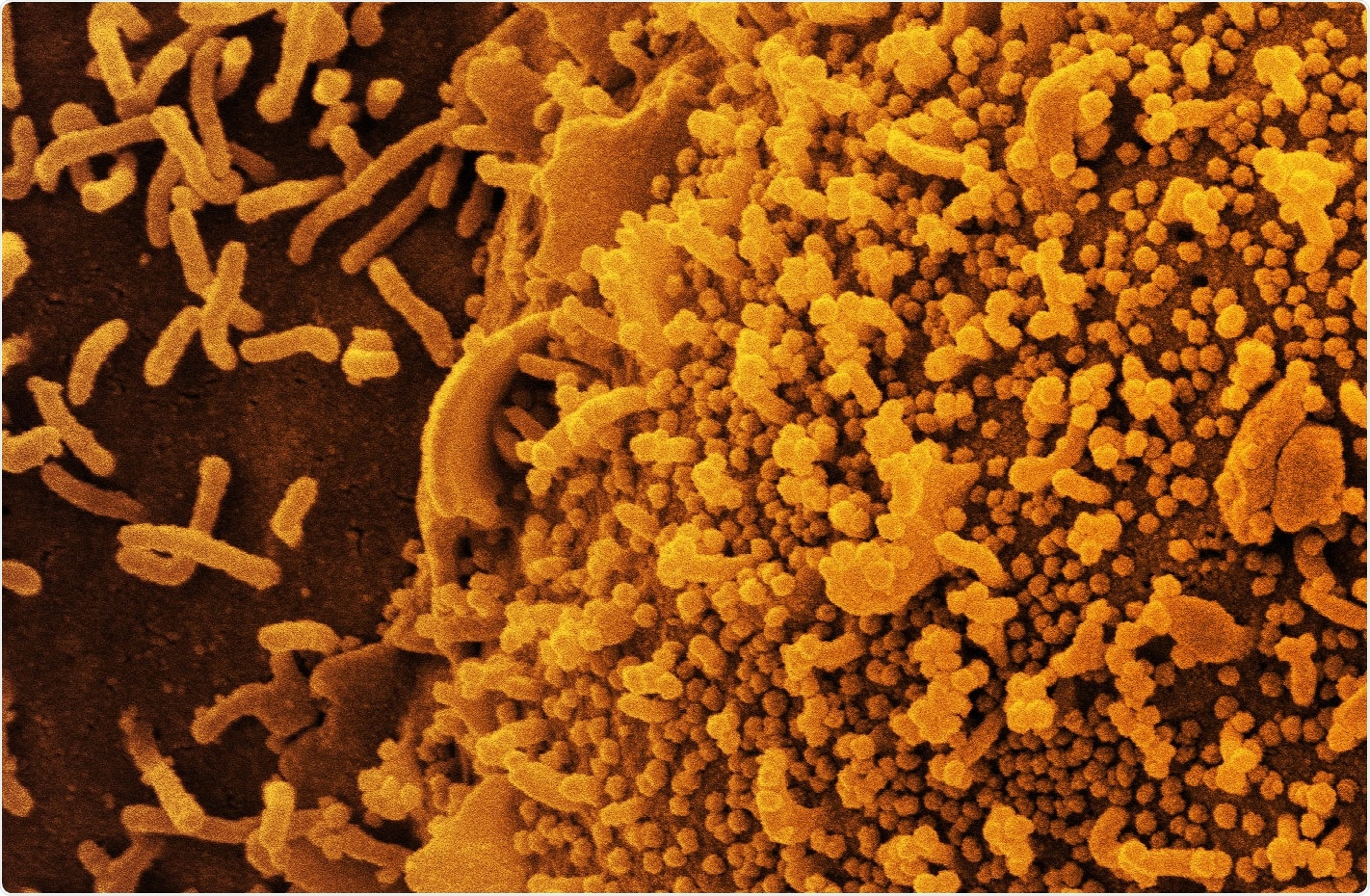The coronavirus disease (COVID-19) pandemic may cause serious illness in people at a high risk of complications. These include older adults and people with comorbidities or underlying health conditions.
Caused by the severe acute respiratory syndrome coronavirus 2 (SARS-CoV-2), COVID-19 has taken a toll on many countries. To date, more than 103 million people have been infected, and over 2.25 million have died.
Previous studies have found that children are less likely to get infected with SARS-CoV-2. In some cases, they develop mild or no symptoms at all.
In a new study, published on the pre-print server medRxiv*, researchers at Inova Children’s Hospital and the George Mason University revealed that a much higher burden of SARS-CoV-2 infection was found in children than previously reported. This comes after the researchers assessed seropositivity among 1,038 children and adolescents.
Children SARS-CoV-2 seropositivity
Data on SARS-CoV-2 infection among children is limited. Seropositivity rates, or the rates showing how many children have contracted the virus, were reported as less than 1 percent early in the pandemic.
Among children, the SARS-CoV-2 infection was reported to be mild, and in some cases, asymptomatic. Seroprevalence can help determine the true cumulative incidence in a particular population.
Antibody seropositivity provides data about the asymptomatic spread of the virus and subclinical infections that would not be detected by surveillance depending on interactions with the healthcare system.
There is limited information on the seroprevalence of children amid the coronavirus pandemic. For instance, after the first pandemic wave in Spain, 6.2 percent seropositivity was reported in early May 2020. Of these, only 3.8 percent of children between 0 and 19 years old are seropositive.
In other countries with a smaller population, like Switzerland, the seroprevalence was lowest among children between 0 and 9 years old at 0.8 percent.
Seroprevalence in Children in the U.S.
The study provided an insight into the extent of the pandemic among children in the United States.
To arrive at the study findings, the researchers conducted a cross-sectional, observational study of SARS-CoV-2 seroprevalence between July and October 2020 in Northern Virginia, United States.
Children and adolescents below 19 years old were enrolled in the study. The team gathered demographic, health, and COVID-19 exposure data. Further, blood samples were collected and analyzed for SARS-CoV2 seropositivity using the Ortho Clinical anti-SARS-CoV-2 antibody assay.
The study findings showed that of the participants enrolled, the overall positivity rate for anti-SARS-CoV-2 was 8.5 percent. Meanwhile, SARS-CoV-2 antibodies were found in 8.2 percent of White children, 5.2 percent in Black or African American children, and 5.7 percent of Asian children. However, antibodies were also found in 16.2 percent of children from other racial origins.
A seropositive rate of 13.7 percent was seen in children between 0 and 5 years old in age groups. 7.5 percent in school-age children, 5.1 percent in early adolescents, and 10.8 percent for 16 to 19 years old. This means that infants and toddlers have the highest seropositivity rate.
“Children under 5 years were statistically more likely to be seropositive for SARS-CoV-2 compared with other age groups in univariate analysis. This finding was also surprising and has implications for the need for different considerations in mitigation and protection strategies in the younger age groups,” the researchers noted in the study.
A high prevalence rate of 26.8 percent was seen in children with Hispanic ethnicity, 21.6 percent in those with public insurance, 55 percent of those without insurance, 28.7 percent in children in multi-family apartments, and 25 percent in children recruited from safety-net primary care clinic.
Moreover, 33 percent of the children exposed to a person with a known COVID-19 diagnosis developed antibodies against SARS-CoV-2. Children living in the same household with a positive case increased the seroprevalence rate to 52.5 percent.
Of the seropositive children, 65.9 percent had no symptoms and 54.6 percent had no known exposure to a positive case.
The higher seropositive rates in children were seen following the period after the first peak of the pandemic, where schools were closed and social infection control measures were implemented.
The researchers concluded that children experience a significant burden of COVID-19 infection than previously thought. Children also appear to be essential in transmitting disease, including silent transmission, as they are mostly asymptomatic. They recommend continuous surveillance and protection of children through infection control measures and extending vaccine availability to them.
*Important Notice
medRxiv publishes preliminary scientific reports that are not peer-reviewed and, therefore, should not be regarded as conclusive, guide clinical practice/health-related behavior, or treated as established information.
- SARS-CoV-2 Seroepidemiology in Children and Adolescents Rebecca E Levorson, Erica Christian, Brett Hunter, Jasdeep Sayal, Jiayang Sun, Scott A Bruce, Stephanie Garofalo, Matthew Southerland, Svetlana Ho, Shira Levy, Christopher Defillipi, Lilian Peake, Frederick C Place, Suchitra K Hourigan medRxiv 2021.01.28.21250466; doi: https://doi.org/10.1101/2021.01.28.21250466, https://www.medrxiv.org/content/10.1101/2021.01.28.21250466v1
